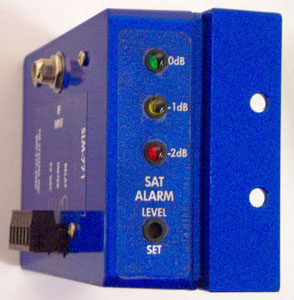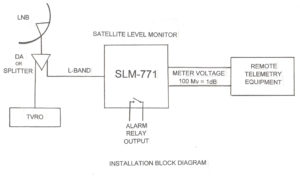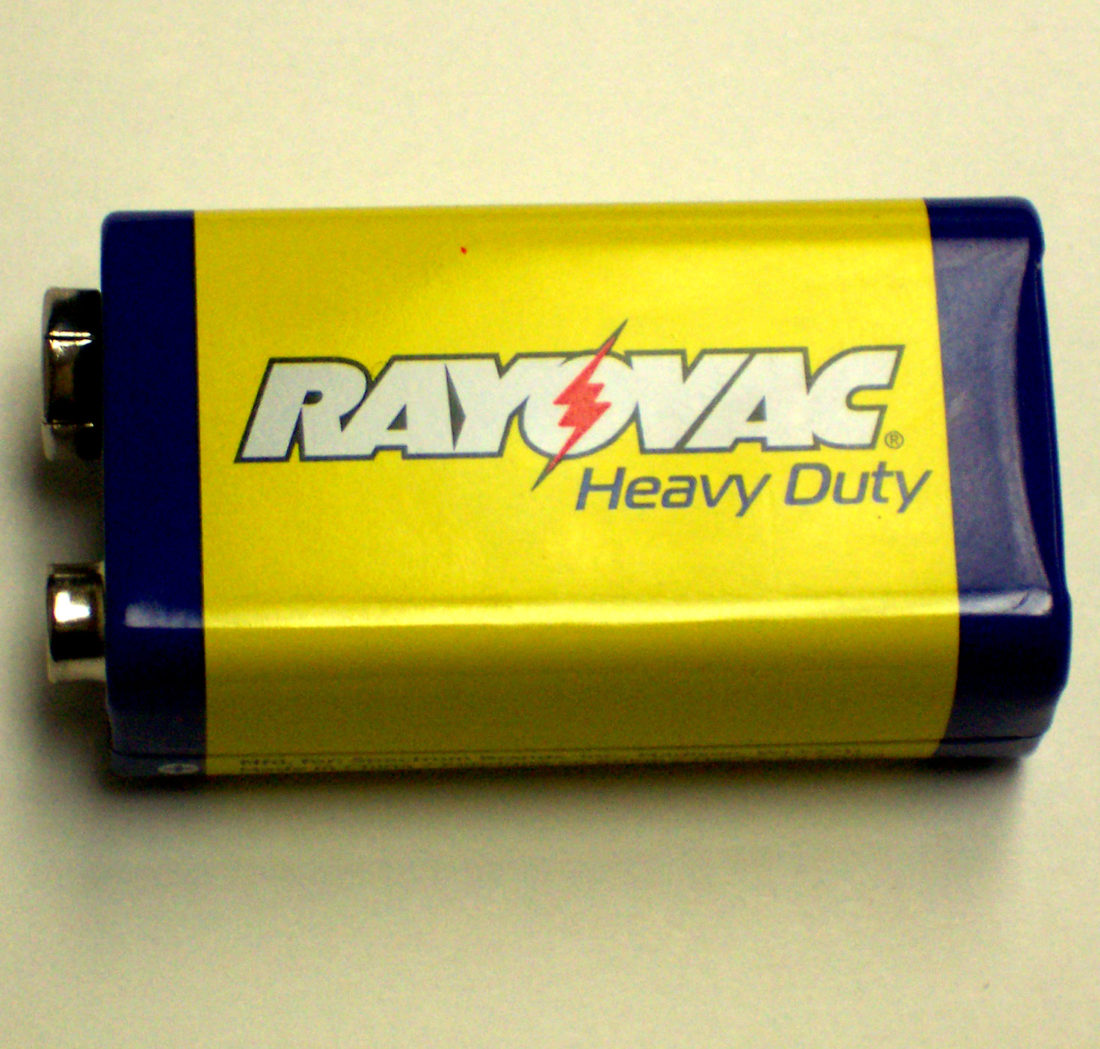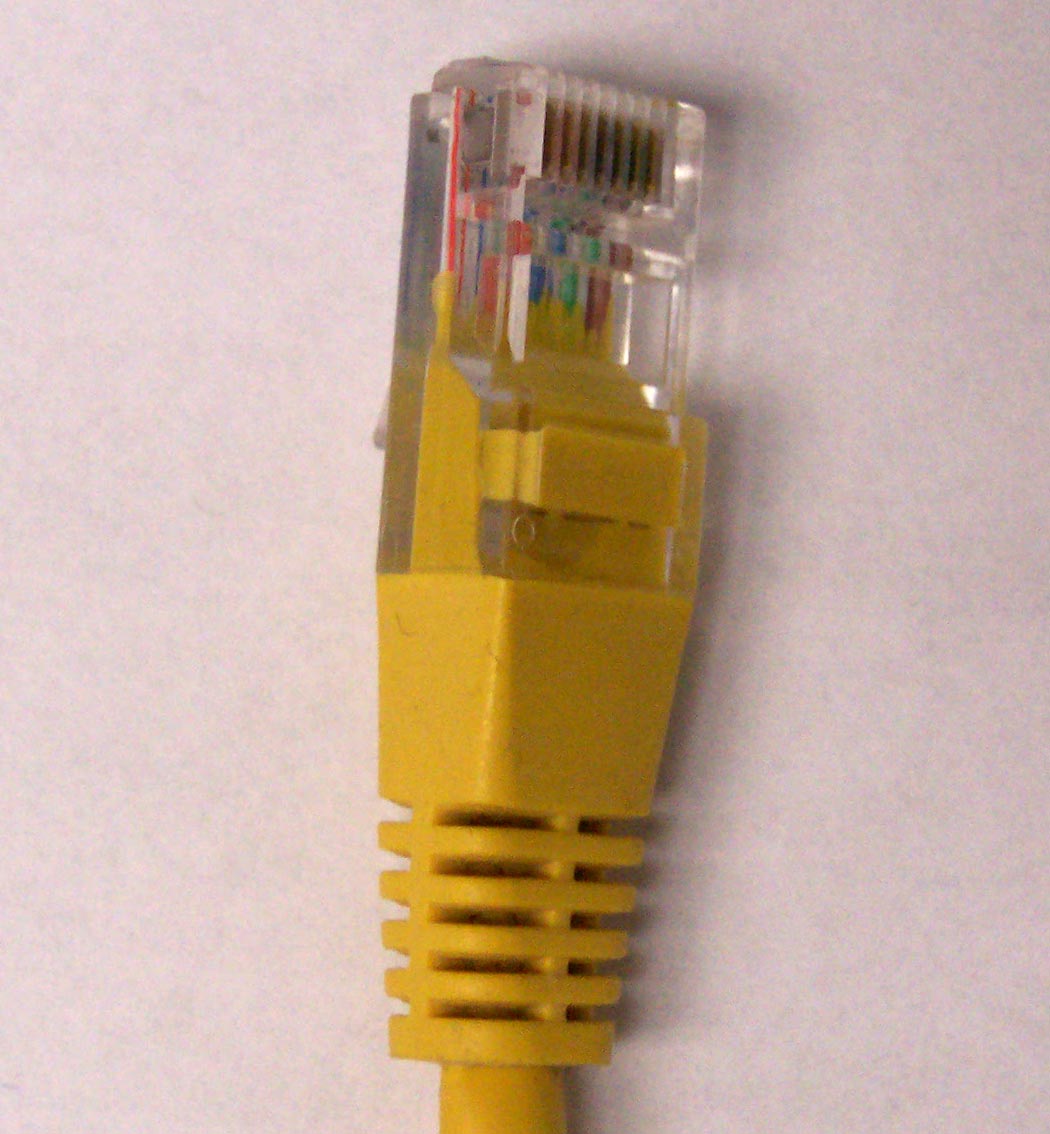HOW TO PREDICT DIGITAL VIDEO SATELLITE LOSS
HOW TO PREDICT DIGITAL VIDEO SATELLITE LOSS
BY: Don McClatchie
In the old days of analog video, it was easy to see a satellite signal problem as it developed. As the analog satellite signal began to get weaker and the satellite receiver approached its threshold, the video image would exhibit noise that looked like tiny black and white dots that would appear at random all over the screen. At that point, the video was a little annoying but you still had programming.
Now with today’s digital satellite transmissions you get no indication that a problem is coming your way until it happens. Of course, the best thing about a digital signal is that it will be perfect if it is received and the bad thing is that if the received level drops down low enough you will lose it all. Digital transmission is an all or nothing process, or worse the picture comes and goes or freezes up moment by moment. It is at that point that you get your first sign that you have a problem and now it is full blown panic time, your now off the air or at the least delivering a product that is damaged and your viewer are changing the channel. Also, your advertisers do not like their ads delivered in a less than perfect way so your income is also threatened.
So, what are the most common causes of satellite signal loss? Some of the things that cause satellite loss are, miss-alignment of the dish due to movement or settling of the earth upon which it sits and aging of the electronic components in the LNB that increase the noise floor in the output signal without changing the gain. High ambient temperatures will also increase the noise output of any LNB. Then there is moisture condensation within the wave guide caused by a bad seal in the wave guide through which water can enter. The wave guide is particularly sensitive to water intrusion. Another main factor is the snow loading, dirt and debris on the dish itself.
Let’s not forget the living pests that try to invade your dish and electronics like various kinds of bugs and bees that don’t need much encouragement to take over your dish and make it their home. Also, larger creatures can take their toll like squirrels that will chew and dig on what ever they can get to and nesting birds and even lizards that like to pile up rocks for their nests. Oh, and the occasional large animal that comes by to rub up against your dish for a good scratch. I have even seen people sitting and laying on dishes during their break.
So, what can be done to catch a level drop before you have a loss? The best defense against satellite signal loss is to continuously monitor the signal strength of all your satellite signals. With a signal level monitor and an alarm signal to let you know long before you reach the fail point.
Because every satellite signal is likely to have a different fail point, the satellite level alarm should have a user adjustable alarm level and some type of visual indicator to help you set the level. If the display reads in dB and you set the alarm level to a few dB above your fail point, then you will have a system that will alert you to an impending failure before the system goes down.
If your satellite dish is up on a mountain then the system should have a linear voltage output that you can use with transmission equipment to get telemetry down from the mountain. Also, a local alarm sounder would be a nice feature to let the local operators know a problem is occurring.
One such device is called the SLM-771 Satellite Level Monitor that can be used to monitor the power levels of any L-Band LNB satellite receiving dish. The SLM-771 is an L-Band satellite level monitor designed to detect, measure, and report the receiving level of any RF signal from 5 MHz to 2.5 GHz. Use it for early warning of a satellite dish and LNB signal degradation due to snow loading, bug & bird intrusions, dish mis-alignment due to wind or movement, and any increase in LNB loss for whatever reason. It will alert you to the signal reduction before a system failure occurs.
CLICK HERE for more information
It has both a visual and telemetry output calibrated in dB steps and an audible alarm with a relay contact for activation of external alarms or other equipment. The front panel LED indicators are calibrated in 1dB steps for accurate loss detection and setting. A front panel control is used to set up the monitor and alarm level. The meter output has a voltage that changes 100 mV per 1 dB step and is field adjustable for offsets to match your telemetry transmission equipment. The unit is fully RF shielded and can be mounted in the front or rear of your rack Call: 1-800-235-6960 for more information.
CLICK HERE to see more information
Monitor your satellite signal levels






